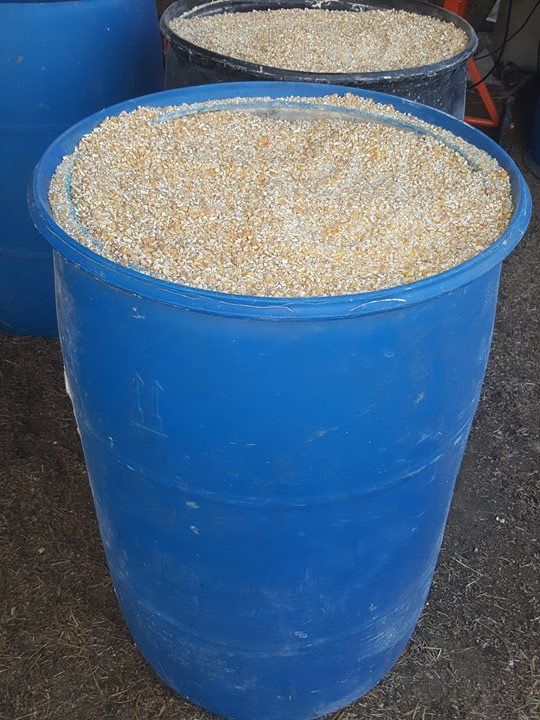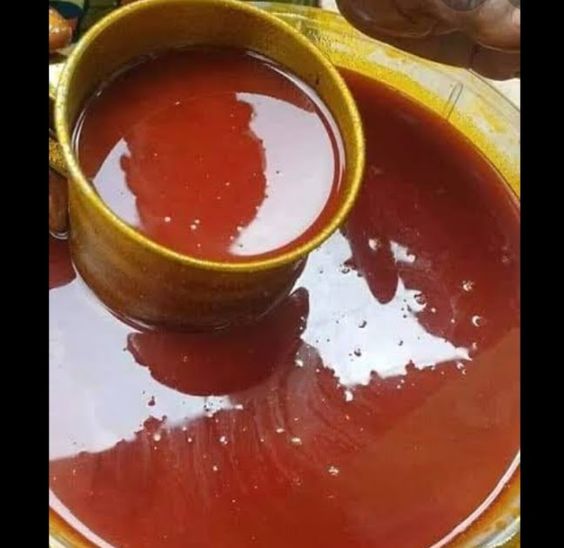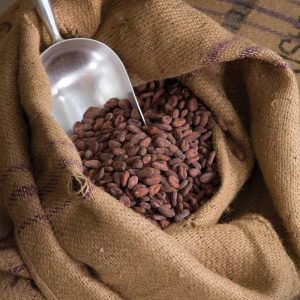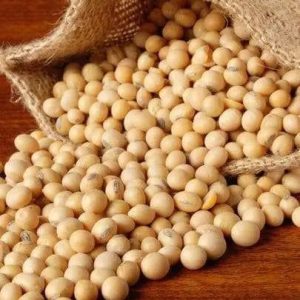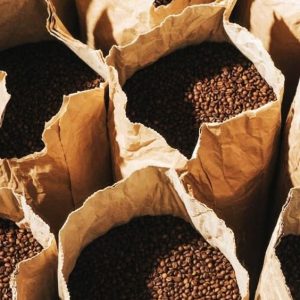Description
Refined Palm Oil (RPO) Specifications:
- Physical Properties:
- Color: Light yellow or golden, typically achieved after the refining, bleaching, and deodorizing processes.
- Odor: Neutral, no distinctive odor or off-smell.
- Texture: Liquid at room temperature in warmer climates (above 30°C), semi-solid or solid in cooler environments (below 20°C).
- Melting Point: 33°C to 39°C (91°F to 102°F), varies depending on the fraction (RBD palm olein or stearin).
- Free Fatty Acids (FFA):
- Maximum FFA Content: ≤ 0.1% (as palmitic acid).
- Low FFA levels indicate higher quality, making the oil more stable and suitable for consumption.
- Moisture & Impurities:
- Maximum Moisture Content: ≤ 0.1%.
- Impurities: ≤ 0.05%.
- Refined palm oil must have minimal moisture and impurities to ensure a longer shelf life and better frying stability.
- Iodine Value (IV):
- Range: 50 to 55.
- The iodine value reflects the degree of unsaturation in the oil, which affects its oxidative stability and shelf life.
- Peroxide Value (PV):
- Maximum: ≤ 1 meq/kg.
- A low peroxide value is essential for ensuring that the oil has not undergone significant oxidation, which could lead to rancidity.
- Saponification Value:
- Range: 195 to 205 mg KOH/g.
- Indicates the molecular weight of the fatty acids in the oil, which helps in determining its suitability for food or non-food applications.
- Specific Gravity:
- Range: 0.891 to 0.899 g/cm³ at 50°C.
- This value is a measure of the oil’s density and is used for quality control during refining.
- Fatty Acid Composition:
- Palmitic Acid (C16:0): 42% to 45%.
- Oleic Acid (C18:1): 39% to 43%.
- Linoleic Acid (C18:2): 10% to 12%.
- Stearic Acid (C18:0): 4% to 6%.
- The balance between saturated and unsaturated fatty acids makes refined palm oil suitable for a wide range of applications, including frying and food processing.
- Unsaponifiable Matter:
- Maximum: ≤ 1.5%.
- Unsaponifiable matter includes components like sterols and tocopherols, which may have antioxidant properties.
- Smoke Point:
- 230°C to 240°C (446°F to 464°F).
- A high smoke point makes refined palm oil suitable for deep-frying and other high-temperature cooking applications.
- Taste:
- Neutral: Refined palm oil should have a bland taste, making it ideal for food applications where the oil should not impart any flavor.
- Volatile Matter:
- Maximum: ≤ 0.2%.
- Low volatile matter ensures stability and prevents off-flavors.
- Odor and Flavor:
- Odorless and Tasteless: Refined palm oil is deodorized, which means it has no distinct odor or flavor, making it suitable for use in cooking where the oil’s flavor should not interfere with the food.
- Refining Process:
- RBD Process: Refined, Bleached, and Deodorized (RBD) palm oil undergoes three stages of refining:
- Refining: Removal of free fatty acids (FFAs) and impurities.
- Bleaching: Removal of color pigments and impurities.
- Deodorization: Removal of odors and taste through steam distillation.
- Fractionation: The oil can be further fractionated into:
- Palm Olein: The liquid fraction, used in cooking and frying.
- Palm Stearin: The solid fraction, used in margarine, shortenings, and industrial applications.
- RBD Process: Refined, Bleached, and Deodorized (RBD) palm oil undergoes three stages of refining:
- Packaging:
- Bulk: Drums, flexi-tanks, or bulk containers.
- Small Packaging: Bottles, jerry cans, or pouches for retail sale.
- Common packaging sizes: 1L, 5L, 10L, and 190 kg drums.
- Storage: Store in a cool, dry place away from direct sunlight, ideally between 20°C to 25°C.
- Shelf Life:
- 12 to 18 months, depending on storage conditions and packaging.
- Common Uses:
- Cooking Oil: Widely used for frying and sautéing due to its stability at high temperatures.
- Margarine & Shortenings: Used in the baking industry for making biscuits, pastries, and spreads.
- Processed Foods: Found in snacks, confectionery, and pre-packaged foods.
- Non-Food Applications: Used in the production of soaps, cosmetics, and biofuels.
- Quality Grades:
- Premium Grade (Grade A): Low FFA (≤ 0.1%), low impurities, and excellent frying stability.
- Standard Grade (Grade B): Slightly higher FFA (≤ 0.2%), used for industrial purposes or lower-end food applications.
- Regulatory Compliance:
- RSPO Certified (Roundtable on Sustainable Palm Oil): Ensures sustainability and environmentally friendly production practices.
- ISCC Certified (International Sustainability and Carbon Certification): Ensures sustainable production for biofuel and other uses.
- ISO Standards: Compliance with international quality and safety standards (e.g., ISO 22000, ISO 9001).
- Nutritional Information (per 100g):
- Energy: 884 kcal.
- Fat: 100g.
- Saturated Fat: 50g.
- Monounsaturated Fat: 40g.
- Polyunsaturated Fat: 10g.
- Trans Fat: 0g.
- Cholesterol: 0mg.
Export Standards:
- Country of Origin: Major producers include Malaysia, Indonesia, Thailand, and Nigeria.
- Quality Standards: Must meet the export regulations of the importing country, including phytosanitary certificates, and free from adulteration.
This detailed specification ensures that Refined Palm Oil (RPO) meets the high standards required for food-grade and industrial applications.

